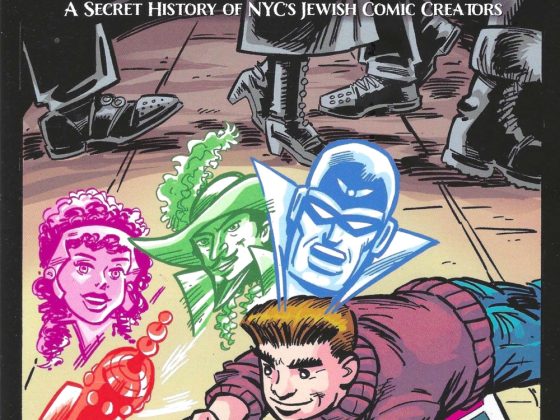Deep into a chronological binge re-reading of Ed McBain’s 87th Precinct novels, a project long on my to-do list. I was introduced to the series decades ago by Mark Hanerfeld, my predecessor on The Comic Reader, and read something like the last half of them as they came out and the earlier ones as I could find them.
McBain is a textbook for a number of qualities: the structure of a police procedural, serial character development across separate novels, and simple, effective pulp writing. Going in sequence (the series began as I was born, in 1956) offers an amazing ‘core sample’ of how the world has changed. From the astounding shift in technology in the home (an early book has one of the cops reminiscing about the radio dramas of his youth and the shift to television) and work environment (McBain offers CSI-level detail of the police laboratory processes of the time, which feel frighteningly primitive now), to the tremendous shifts in perceptions of race, gender, and sexual diversity, it’s quite the time machine.
As I read, I realized how significant the series was on my recent work on Brooklyn Blood. I use a quote from another mystery author, P.D. James, in my writing classes to spark discussion: “Read widely and with discretion. Bad writing is contagious.” Good writing is contagious, too, and McBain certainly infected me even though it was over a decade between the last time I’d read one of his books and when I began my first procedural. His very visceral descriptions of the city are utterly absent from my work, reminding me of the difference between writing prose and comics; I got to lean entirely on Tim Hamilton’s artwork to conjure that. Not that you can’t use description powerfully in comics, but the format for Brooklyn Blood, with 8 page chapters originally published a month apart, didn’t encourage that. I wonder how I would have written it differently if it had been published in another structure?
Finding your direct influences in a fascinating and mysterious journey. Although I’m a great Tolkien fan, the inspiration that he provided for The Great Darkness Saga wasn’t apparent to me until years later, when I reread it in proximity to one of my periodic renewed visits to his Middle Earth masterpiece. If you’re ever so moved, see if you can spot the two lines in Darkness that are the direct links between the two. I’m not above conscious use of my inspirations, of course. The about-to-be reprinted Earthwar draws its fundamental structure from my love of Doc Smith’s Lensmen cycle, but only as to the matryoshka doll reveals of the levels of villainy, as opposed to the more wholesale inspiration it provided for the Silver Age Green Lantern’s mythology.
McBain’s series was adapted into a handful of movies (theatrical and television scale), a tv series, and even comics. But look to the books themselves if you ever want to study his textbook. It’s a worthwhile course.

McBain is one of my absolute favorite authors. I was fortunate enough to share a mutual friend with him and was able to get a signed copy of one of the 87th Precinct novels for my dad, who first introduced me to McBain.
Have you read any of his Evan Hunter work?